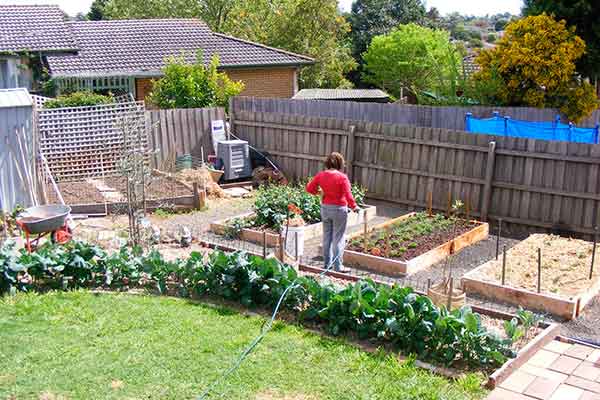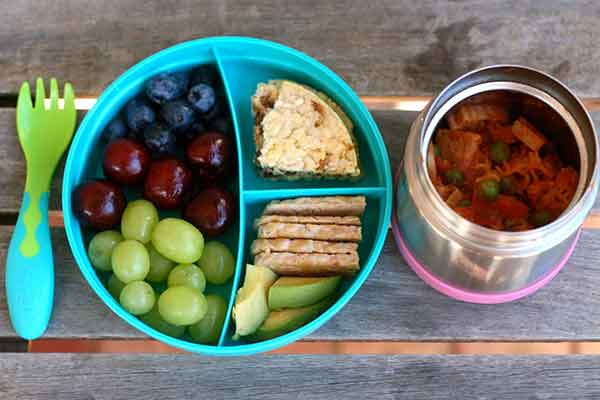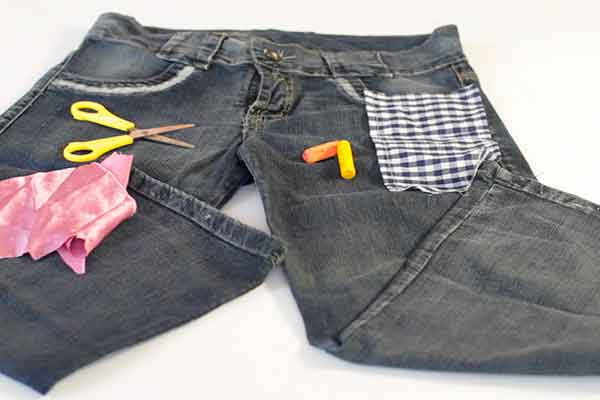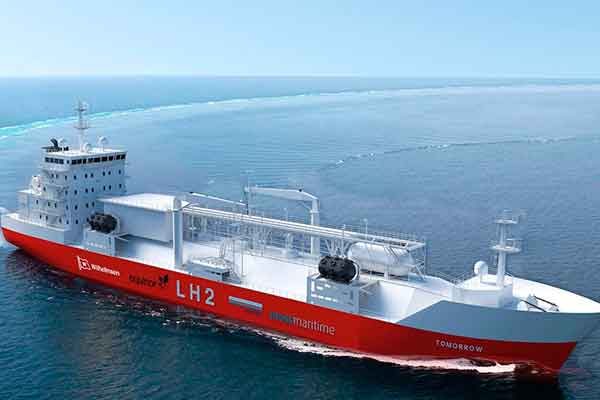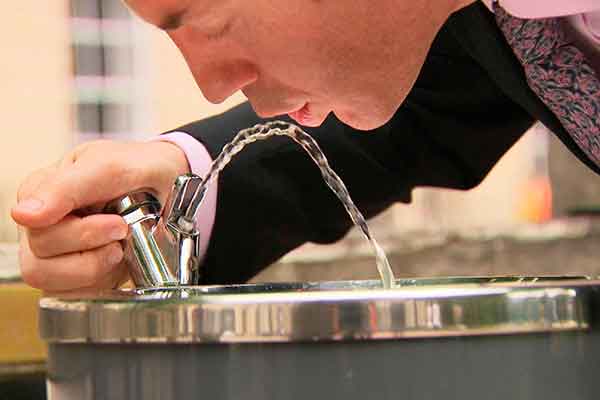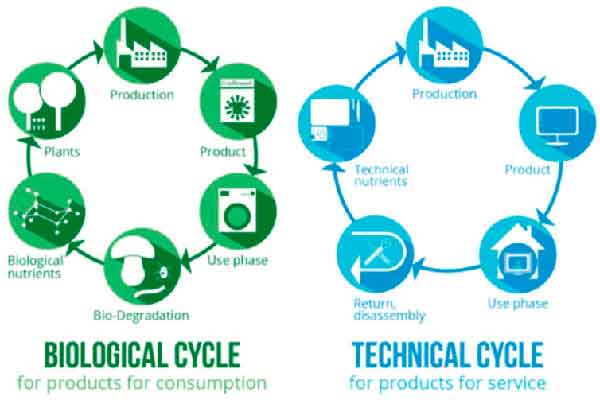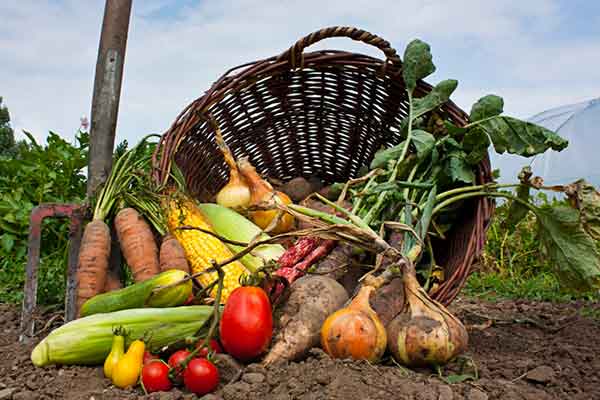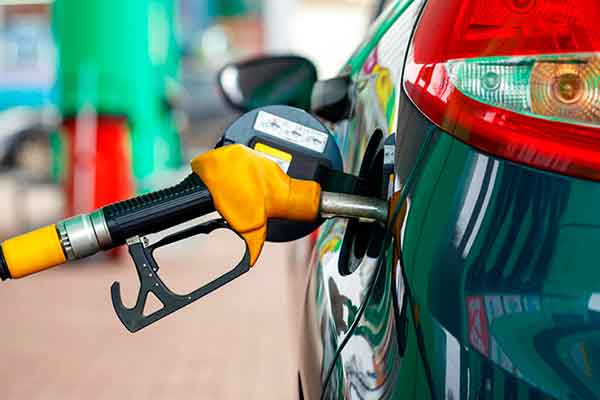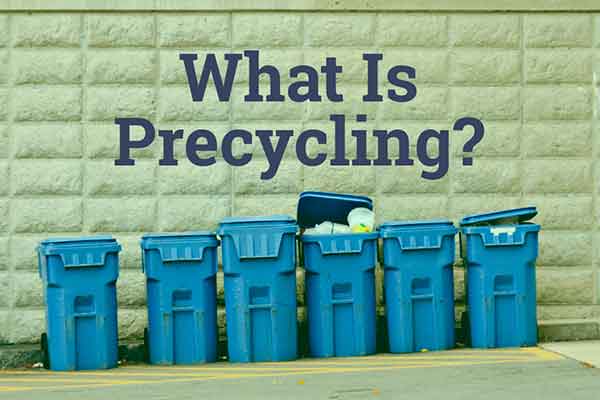Fortunately cleaning and purifying indoor surfaces can abbreviate the infection's life expectancy, if it's done accurately – clean first, at that point sterilize, as per CDC.
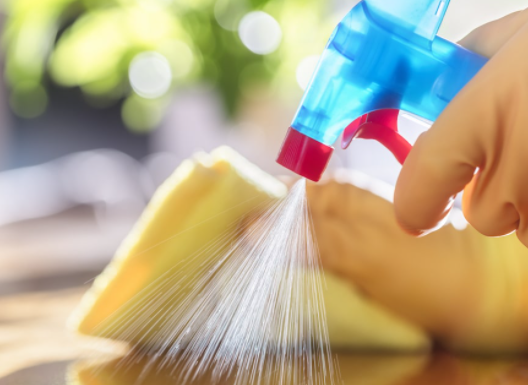 The motivation behind cleaning before sterilizing is to eliminate however many germs as would be prudent to diminish the danger of spreading disease. Following up with disinfectant on residual germs murders remaining germs and further diminishes the spread of disease.
The motivation behind cleaning before sterilizing is to eliminate however many germs as would be prudent to diminish the danger of spreading disease. Following up with disinfectant on residual germs murders remaining germs and further diminishes the spread of disease. Zero in on high-contact surfaces
The CDC suggests incessant cleaning and purifying of high-contact surfaces.
Utilize standard family cleaners and EPA-enlisted disinfectants on these surfaces.
Cleaning and sanitizing
At the point when a surface is messy, clean it utilizing cleanser or cleanser and water before sterilizing.
Subsequently, utilize weakened family blanch arrangements, alcohol arrangements with at any rate 70% alcohol, or other family unit disinfectants suggested by the U.S. Environmental Protection agency to combat coronavirus.
Cleaning when somebody has COVID-19
Any individual who has COVID-19 ought to sequester in a particular room. Clean the debilitated individual's space varying to maintain a strategic distance from pointless contact and presentation to the infection.
In the event that you share a restroom, clean and purify all surfaces after each utilization by the evil individual.
Once more, consistently wear gloves when cleaning and purifying for COVID-19. Also, make certain to clean your hands following eliminating gloves.
Clothing rules and COVID-19
Wash dress, towels, materials, and different things as indicated by maker directions yet make certain to:
Utilize the hottest water setting conceivable to eliminate germs.
Limit shaking of sullied things before setting in the washer to restrict the scattering of particles.
Wear gloves when dealing with an evil individual's clothing.
Continuously spotless your hands following eliminating gloves.
Hand cleanliness
Guardians and others living in a family with a patient who has COVID-19 ought to make certain to clean their hands as often as possible with cleanser and warm water for 20 seconds, particularly subsequent to eliminating gloves or being in contact with the evil individual.
CDC rules call for handwashing if hands are noticeably grimy, before eating and in the wake of utilizing the bathroom. In any case utilizing a hand sanitizer with in any event 60% alcohol is successful, and frequently simpler and more open.
You've heard it before for an explanation: Avoid contacting your eyes, nose or mouth, and wipe the surfaces of controllers, telephones, tablets and other high-contact surfaces at home and in your vehicle with a decent disinfectant wipe.

